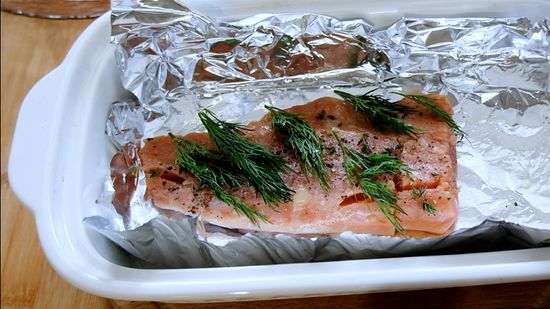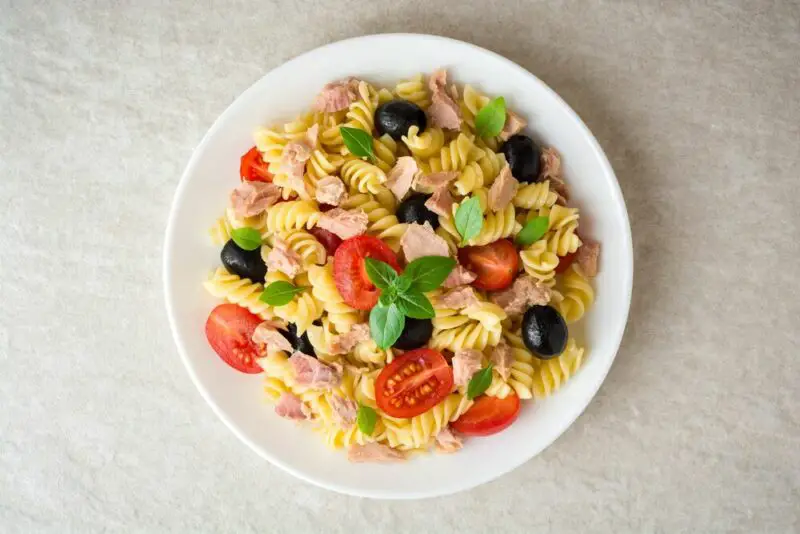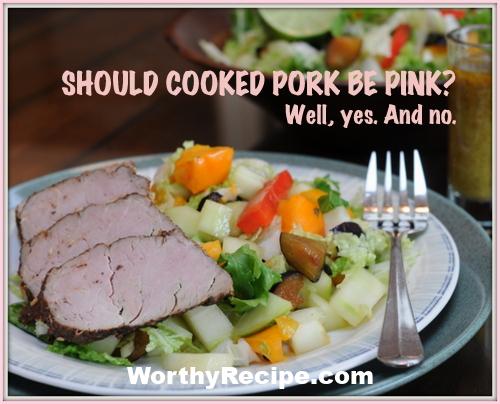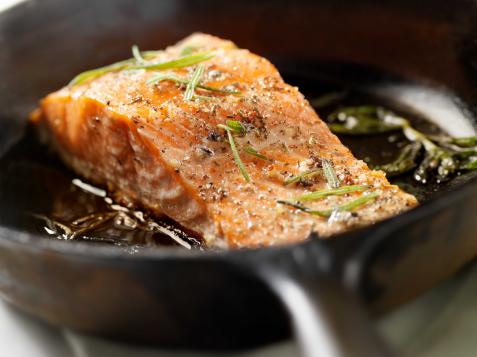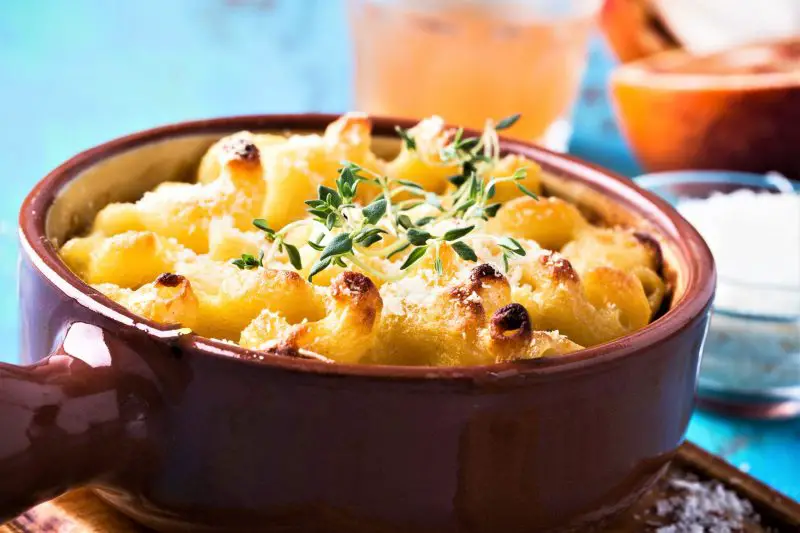Perogies, also known as pierogi or varenyky, are a popular Eastern European dish that has become a staple in many households around the world. These dumplings are made from a simple dough and filled with various ingredients like potatoes, cheese, sauerkraut, and mushrooms. They are then boiled, baked, or fried and served with savory toppings like sour cream, bacon bits, and fried onions.
Homemade perogies are even better than store-bought ones because they taste fresher and can be customized to individual tastes. However, cooking homemade perogies may be daunting for some. In this article, we will provide quick answers to the most common questions about cooking homemade perogies.
Introduction:
Perogies are small dumplings of unleavened dough stuffed with mashed potatoes, cheese, meat, sauerkraut or fruit fillings. They originated in Central Europe but became very popular in many Slavic countries including Ukraine. Perogies have been around for centuries and some people believe they were first made by Ukrainian peasants who used leftover grains mixed with water to make the flat cakes.
Making homemade perogies is a great way to enjoy this traditional comfort food while using fresh ingredients that you can customize to suit your taste buds. Here are all the details you need to know.
Ingredients You Need for Making Perogies:
To make traditional homemade perogies that will serve 6 people, you will need the following ingredients:
Dough Ingredients
– 2 cups flour
– 1/2 teaspoon salt
– 1/4 cup butter
– 1/2 cup sour cream
– 1 egg
Filling Ingredients
– 4 medium-sized potatoes
– 1 onion
– 3 tablespoons butter
– Salt and pepper to taste
Optional Toppings
– Sour cream
– Crispy bacon bits
– Fried onions
How to Make Perogy Dough:
Making perogy dough from scratch is easy and requires just a few simple steps. Follow the step-by-step instructions below:
Step 1: Sift the flour and salt into a mixing bowl. Chop up the butter into small pieces and mix it in with the flour.
Step 2: Whisk the egg in a separate bowl and add in sour cream. Mix these two ingredients together.
Step 3: Add the egg and sour cream mixture to the flour mixture.
Step 4: Using your hands, mix the dough until smooth.
Step 5: Knead the dough for around 5 minutes on a floured surface, then form a ball.
Step 6: Wrap the ball with a plastic wrap and refrigerate for at least an hour before using it.
Tips on How to Make Perogy Dough According to Specific Dietary Needs:
Making homemade perogy dough can be tricky if you have certain dietary restrictions. Here are some tips on how to make perogy dough that suits specific dietary needs:
Gluten-Free Perogy Dough:
Replace regular wheat flour with gluten-free flour mix. Use featherlight gluten-free flour or one that is higher in protein to get more structure.
Vegan Perogy Dough:
Replace butter with vegan margarine, use vegan sour cream or silken tofu along with non-dairy milk or water as required.
How to Make Perogy Filling:
The filling is arguably one of the essential elements of homemade perogies. The traditional filling of potato and cheese is always popular, but there are various versions that you can try out. Here is a step-by-step guide on how to make a basic filling recipe.
Ingredients:
– 4 medium potatoes
– 1 onion, finely chopped
– Salt & pepper to taste
– Cheddar cheese (grated)
Instructions:
Step 1: Peel and dice potatoes into small cubes.
Step 2: Boil potatoes in salted water until tender.
Step 3: Drain boiled potatoes and mash them thoroughly with a potato masher.
Step 4: Add finely chopped onion to the mashed potatoes and mix it well. Add salt & pepper to taste.
Step 5: Let the mixture cool down.
Step 6: Mix in the grated cheddar cheese before using it as the perogy filling.
Tips on How to Customize Perogy Filling Based on Individual Tastes:
You can be creative when it comes to filling your perogies. Here are some tips on how you can customize your filling based on individual preferences:
– Instead of using mashed potatoes, stuff them with sweet fillings like blueberries or cherries.
– You could mix in some cooked minced meat or bacon into the potato filling.
– If you’re a cheese lover, make a filling with feta cheese or sautéed mushrooms and combine it with traditional mashed potato filling.
How to Fill and Shape Perogies:
Now that you’ve made your dough and filling, it’s time to start shaping your perogies. Follow these steps:
Step 1: Roll out dough to around 2mm thickness. You can use a rolling pin for this.
Step 2: Using a glass or cookie cutter, cut circles from the flattened dough.
Step 3: Spoon about 1 tablespoon of your preferred filling onto each circle of dough. Do not overfill each round.
Step 4: Fold the circle into a half-moon shape, then twist the edges together so that they seal the contents inside.
Step 5: Place each finished perogy onto a floured surface.
Tips on How to Achieve Perfect Perogy Dough Thickness:
Achieving the right perogy dough thickness is essential for perfect homemade perogies. Follow these tips to get it right:
– The thickness should be kept as close to 2 mm as possible. If you roll it too thick, it will be chewy and dense.
– Roll small batches of perogy dough at one time so that it’s easier to manage.
How to Cook Perogies:
Now comes the best part- cooking your homemade perogies! There are three basic methods you can use: boiling, baking, or frying. Each one has its specific benefits depending on what you’re after.
Boiling Method: Boiling is the most popular method for cooking perogies because it’s the easiest and quickest method.
Instructions:
Step 1: Bring a pot of salted water to a boil.
Step 2: Drop in perogies and cook for 3-5 minutes. Stir occasionally until they float up to the surface.
Step 3: Remove cooked perogies with a slotted spoon.
Baking Method: Baking is preferred when you want a crispy crust without frying.
Instructions:
Step 1: Preheat oven to 375°F
Step 2: Grease baking sheet slightly.
Step 3: Place frozen perogies on the sheet and brush them lightly with oil.
Step 4: Bake for 18-20 minutes or until they turn golden-brown.
Frying Method: Frying gives perogies a crispy crust and is perfect when served as a side dish with toppings.
Instructions:
Step 1: Melt some butter or heat oil in a pan over medium heat.
Step 2: Add frozen perogies into the hot pan. Do not crowd the pan, add them in small batches if needed.
Step 3: Cook them for about two minutes on each side until they turn golden brown.
Step 4: Remove perogies from oil, strain on paper towels, serve hot.
Temperature & Time Guidelines for Each Cooking Method:
This table summarizes temperature and time guidelines for each cooking method:
Method | Temperature Range | Cooking Time
———————-|————————|——————
Boiling | Boiling Water | 3-5 minutes
Baking | 375°F | 18-20 minutes
Frying | Medium heat | 2 minutes on each side
How to Store Leftover Perogies:
If you have leftovers, it’s essential to know how to store and reheat perogies correctly. Here are a few storage tips:
Storage Options:
– Place them in an airtight container and keep it in the fridge.
– Freeze them for later use.
Tips on Reheating Perogies Properly:
– Do not microwave frozen perogies. Cook them as directed from frozen state.
– For refrigerated leftovers, toss them in some butter and reheat them in the oven at 350°F for around ten minutes.
Troubleshooting Your Perogy-Making Process:
There can be some common mistakes that you might make while making perogies. Here are some possible errors and how to troubleshoot them:
– Tough dough: If your dough is too firm and tough, it may have been over kneaded or allowed to sit too long before being rolled out.
Solution: Chill the dough well for about an hour, then try kneading it anew and rolling it again.
– Dough Tears: If your dough keeps tearing when you roll or shape it, it might be because of filling that is too densely packed or because the dough was too thick.
Solution: Ensure that your filling is not overfilled, so as not to put unnecessary pressure on the dough. And also check the thickness of your rolled-out dough before cutting with the circular cookie cutter.
Creative Ways of Serving Perogies:
As we mentioned before, perogies are one of those dishes that can be served in various cuisines like Italian, Canadian, and Ukrainian. They are also versatile enough to be used in different ways, other than traditional boiled perogies with onions and sour cream.
Perogy-Based Recipes:
– Perogy lasagna: swap out the pasta layers with boiled perogies to create a unique lasagna dish topped with cheese.
– Fried Perogy hash: mix diced potato slices and crumbled bacon together with some fried minced onion. Add boiled or pan-fried perogies to the mix and cook over medium heat until heated thoroughly.
Toppings:
– Sour cream
– Crispy bacon bits
– Fried onions
– Crushed red pepper flakes
Conclusion:
Homemade perogies are comforting food that can transport you back to grandma’s kitchen table where pierogi were made from scratch. When properly made and cooked, they are soft on the outside yet flavorful on the inside. Whether you’re making them for your family or for a large gathering of friends, use this guide to ensure your homemade perogies are perfect every time. Enjoy! #### Can I use different fillings for my homemade perogies?
Absolutely! One of the best things about making perogies at home is that you can get creative with the filling. From classic cheese and potato to savory meat and vegetable combinations, the possibilities are endless. Just make sure your filling is fully cooked before adding it to your perogi.
#### How can I prevent my perogies from falling apart during cooking?
One common issue people run into when cooking homemade perogies is that they can fall apart or break open in the pot. To prevent this, make sure your dough is rolled out thinly enough and sealed tightly around the filling. Additionally, avoid overcrowding the pot and stir your perogies gently as they cook.
#### Can homemade perogies be frozen?
Yes! Homemade perogies freeze really well, so you can make a big batch and store them in the freezer for later. To freeze them, place them on a baking sheet lined with parchment paper and stick them in the freezer until firm. Then transfer them to a freezer-safe bag or container.
#### What are some fun ways to serve homemade perogies?
Perogies are incredibly versatile and can be served many different ways. Some classic serving options include boiled with butter or sour cream, fried with onions and bacon, or baked as a casserole with cheese and other toppings. Get creative in the kitchen and experiment with your favorite ingredients to find new ways to enjoy this delicious dish!

